Xi’s world is already here
China’s 3 September military parade was more than a mere display of might, says academic Alessandro Arduino. It was a carefully orchestrated affirmation of Xi Jinping’s power, and a signal to global rivals that China is a force to be reckoned with.
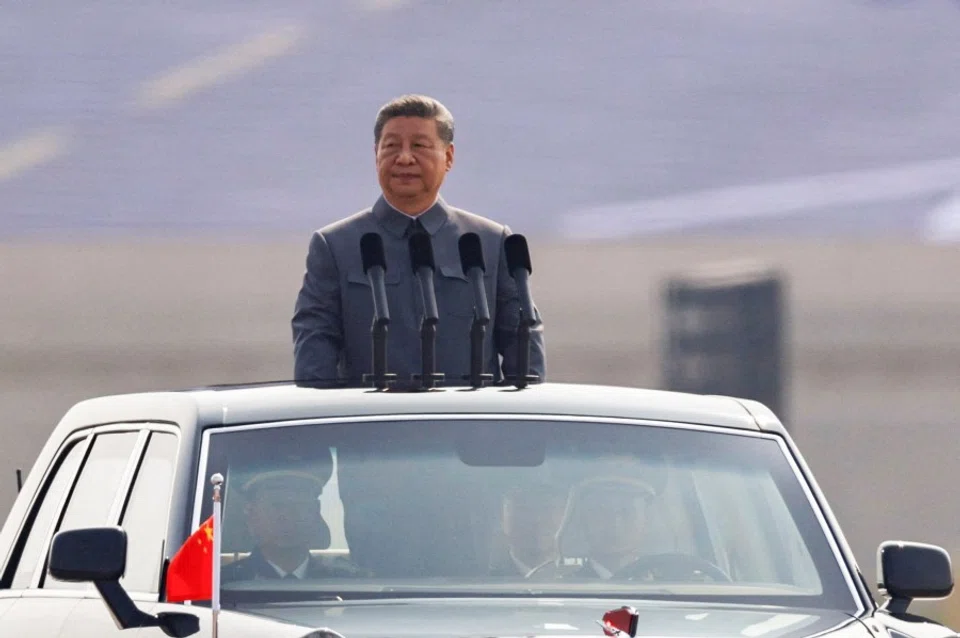
Against the backdrop of a tense geopolitical climate, China, on 3 September, held a military parade marking the 80th anniversary of “the Chinese people’s war of resistance against Japanese aggression and the world anti-fascist war”, transforming central Beijing into a theatre for the country’s most advanced weaponry and its vision of geopolitical rebalancing.
... beyond the pageantry, the parade also served as an explicit demonstration of China’s rapidly advancing military technology.
As with military parades, the central aim is clear: to project power, both to a domestic audience and to the watching world. President Xi Jinping, presiding over the display from a podium overlooking Tiananmen Square, sought to underscore a promise he made a decade ago, to build the People’s Liberation Army (PLA) into a modern force by 2027, and one capable of “fighting and winning wars” by 2049.
A spectacle exhibiting hard power
Yet beyond the pageantry, the parade also served as an explicit demonstration of China’s rapidly advancing military technology. Among the highlights: a showcase of numerous domestically produced weapon systems, many engineered for high-tech battlefields.
In the age of drone warfare and digital skirmishes, China’s unveiling of so-called “loyal wingman” drones, stealthy, pilotless aircraft guided by artificial intelligence, drew particular attention from military analysts. The public appearance of a new uncrewed submarine and advanced torpedo systems further signalled a desire to compete, and perhaps outpace, Western military innovation.
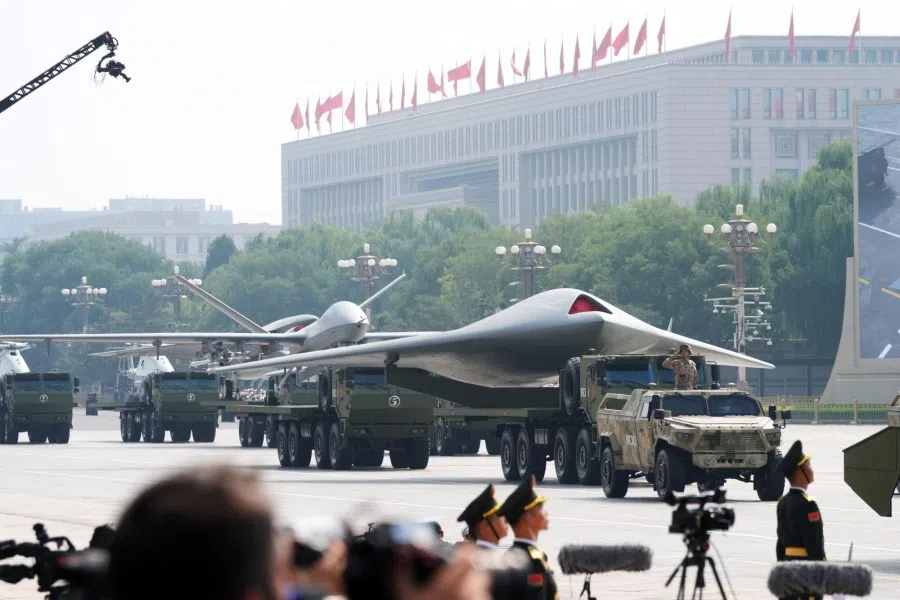
It is a show aimed as much at foreign governments as at the Chinese public. Recent clashes between India and Pakistan provided a real-world proving ground for Chinese military exports, with Pakistani J-10 fighters, made in China, reportedly overcoming India’s prized French Rafale jets. Such reports are difficult to verify, but the message is clear: Chinese arms are battle-tested and ready for export, an unmistakable pitch to nations that find themselves locked out of American top-of-the-line weapons platforms, particularly the wealthy monarchies of the Gulf.
... China highlighted its status as the largest contributor of UN peacekeepers among the Security Council’s permanent members, a gesture intended to reinforce the image of China as a responsible international actor.
The day’s parade also marked a subtle but notable shift in tone. The array of unmanned aerial vehicles and hypersonic missiles, along with 45 aerial echelons flying overhead, sent an indirect warning to the US: any naval incursion near China’s periphery would not come without consequences. “The Chinese nation is never intimidated by any bullies,” President Xi declared, in remarks that left little doubt as to the intended audience.
But the parade was not solely about hardware. Interspersed among the tanks and missile launchers were Chinese peacekeeping forces’ blue berets. With these contingents, China highlighted its status as the largest contributor of UN peacekeepers among the Security Council’s permanent members, a gesture intended to reinforce the image of China as a responsible international actor.
Still, for all its outward confidence, the Chinese Communist Party’s timeline for military modernisation is marching forward, but the military leadership dimension lags. Xi’s ongoing purge of high-ranking officers for corruption and incompetence has left gaps in the military top ranks, conspicuously visible by their absence on the reviewing stand.
At the same time, the lessons of the Ukraine war loom large. Even before Russia’s invasion faltered, Beijing had begun to take stock, and in April 2024, Xi announced sweeping military reforms designed to boost the PLA’s capacity for information dominance and joint operations in a future conflict. The establishment of an Information Support Force, responsible for network defence and communications and reporting directly to Xi, marked the most significant structural overhaul in years.
The contrast with American practice was stark: while US military parades often spark public debate, as during President Trump’s controversial event in Washington during his birthday, China’s spectacle was a well-choreographed show of unity.
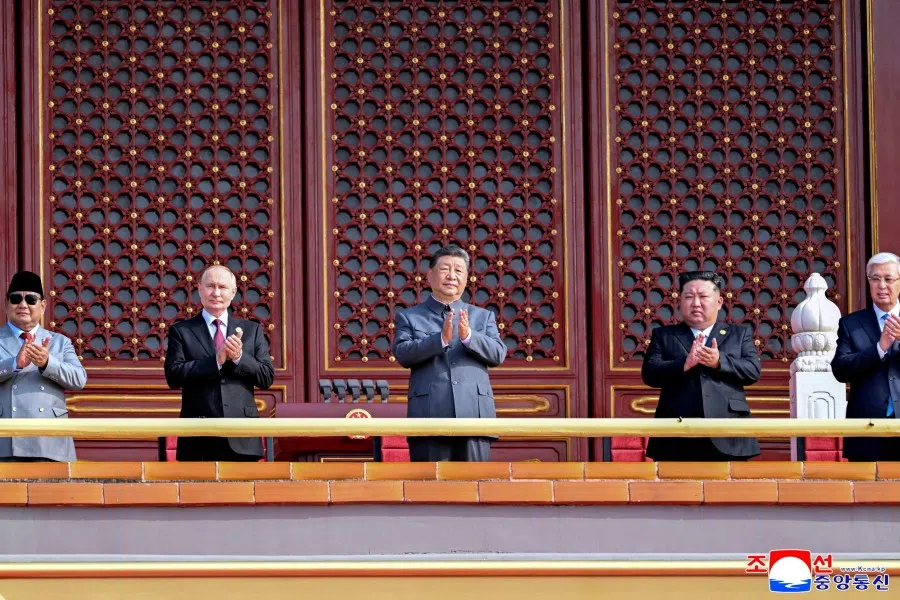
If the parade was a projection of strength, it was also a stage for strategic alignment. The presence of President Vladimir Putin and North Korea’s Kim Jong Un, both frequent users of military spectacle for political theatre, underscored their alignments with Beijing’s vision for a global new order. The contrast with American practice was stark: while US military parades often spark public debate, as during President Trump’s controversial event in Washington during his birthday, China’s spectacle was a well-choreographed show of unity.
An alternative order in the making
Even Russia, whose Red Square parades once set the standard for martial pageantry, has seen its own displays diminished, with much of its hardware bogged down in Ukraine and key systems like the T-14 Armata main battle tank yet to prove themselves in battle. Also, the spectacle of China’s military parade stood in sharp relief to the recent Western summits, where European leaders, faces drawn with unease, sat across from Donald Trump, compelled into uneasy negotiations and received by their American ally with little fanfare, absent a red carpet and brass band.
... red carpets rolled out for Vladimir Putin and Kim Jong Un, rows of intercontinental ballistic missiles signalling China’s second-strike nuclear deterrence, and an arsenal tailored less for global power projection than for regional leverage.
The image in Beijing could not have been more different: red carpets rolled out for Vladimir Putin and Kim Jong Un, rows of intercontinental ballistic missiles signalling China’s second-strike nuclear deterrence, and an arsenal tailored less for global power projection than for regional leverage.
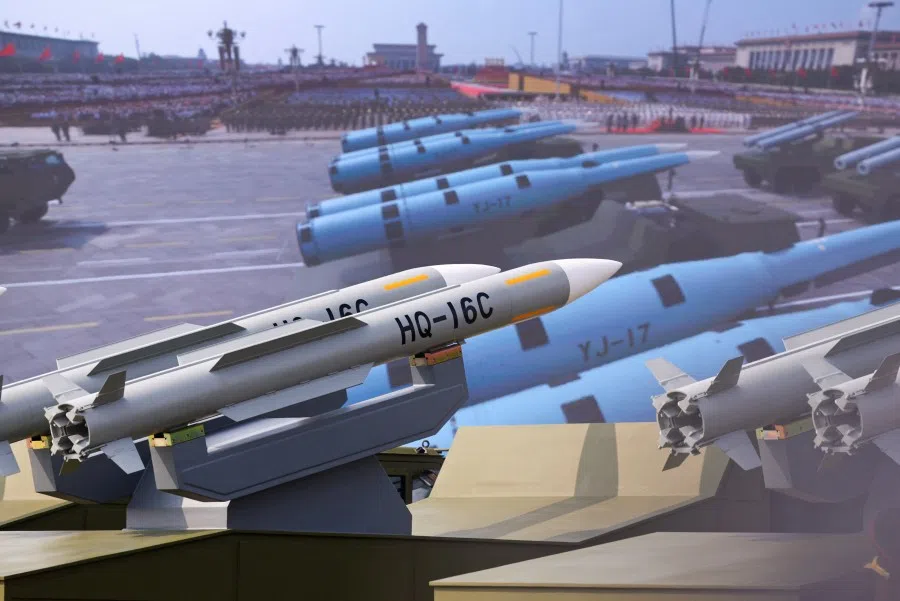
But to interpret these displays and diplomatic gestures as mere acts of defiance against the West is to misunderstand the moment. As already signalled a few days before during the SCO summit, the bloc’s ambition is not to provoke confrontation, but to build an alternative order. In a volatile, multipolar world, the calculation is simple: forging new alignments and common interests yields more than stoking old rivalries.
Ultimately, China’s 3 September parade was more than a mere display of might. It was a carefully orchestrated affirmation of Xi Jinping’s power, a signal to global rivals, and a reminder to friend and foe alike that China intends to be seen not just as an economic juggernaut, but as a force to be reckoned with on the world’s security stage.




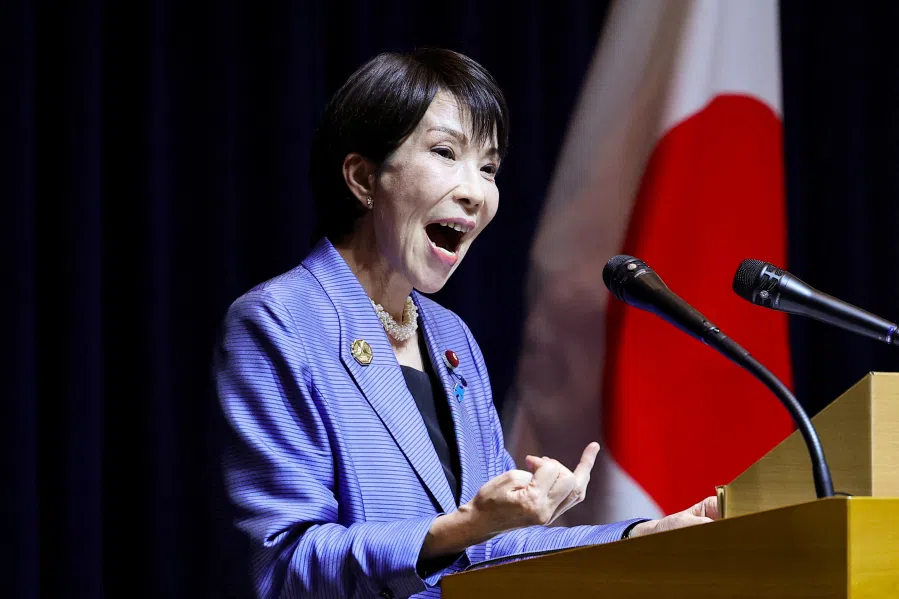
![[Big read] China’s 10 trillion RMB debt clean-up falls short](https://cassette.sphdigital.com.sg/image/thinkchina/d08cfc72b13782693c25f2fcbf886fa7673723efca260881e7086211b082e66c)